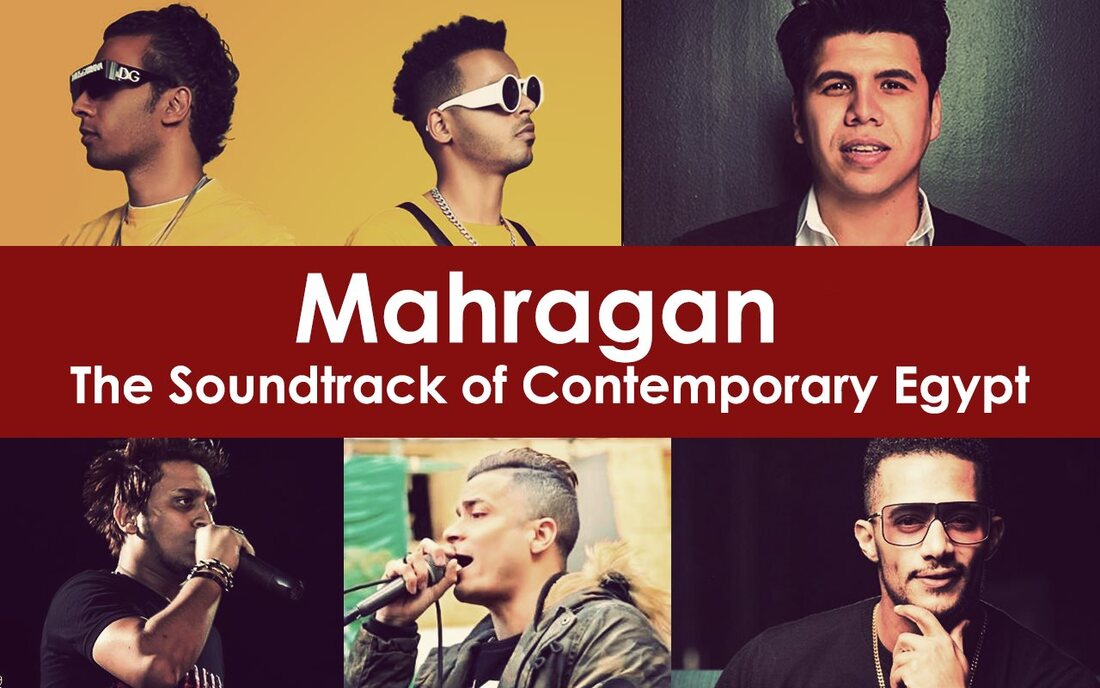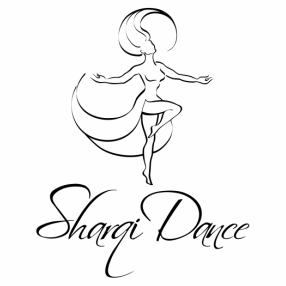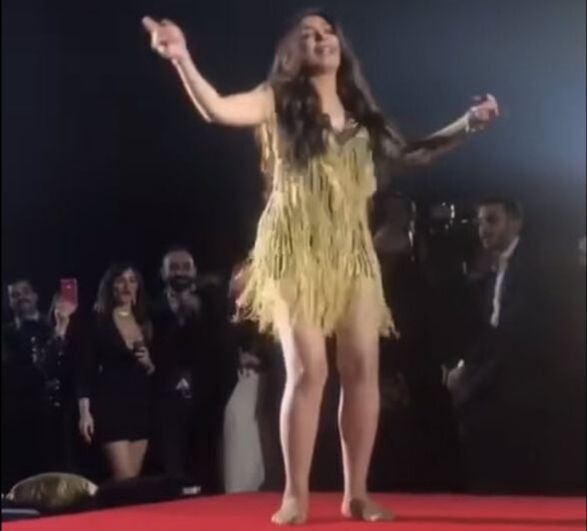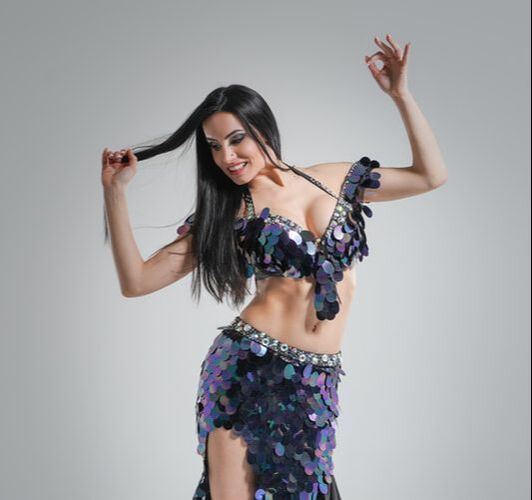|
What is mahraganat music & dance? Today our guest author Aasiyah explains the origin and cultural context of this musical genre that is taking the belly dance world by storm.  Recently there has been quite a bit of discussion in the belly dance world regarding mahraganat- the music, the dance associated with the music, its incorporation into belly dance performances, and costuming. Even though the music genre is incredibly popular, both in Egypt and abroad, there is still a good deal of confusion and misunderstanding of what is mahraganat. First, a vocabulary lesson: mahraganat (مهرجانات) translates to ‘festivals’, plural. Mahragan (مهرجان) translates to ‘festival’, singular. The style of music is named as such because of its origins. The music itself can be labeled as either mahraganat or mahragan; the words are used interchangeably. So, what are the origins of this music genre? I wrote and published an article in 2018 breaking down the history of mahraganat. Briefly, mahraganat is a type of music that originated from the lower socio-economic classes of Cairo. The genre began as an underground music movement when pioneering producers DJ Figo and Ala Fifty created loud, exciting music using predominantly synthesizers and autotune in the underground clubs of the Egyptian ghettos. 2012 concert featuring some of the original pioneers of Mahraganat: MC Amin, Saddat & Fifty From the Underground to the Vernacular The genre quickly moved from the underground clubs to sha3bi street weddings and into the broader Egyptian population when it became a soundtrack to the 2011 revolution. Mahraganat is a type of sha3bi music in the sense that it is a popular genre of music. However, just like sha3bi music is not pop music, mahraganat is not technically sha3bi music. The language/word choice, vocal usage, and composition are unique to mahragan. And even though mahraganat may sample some aspects of western hip hop and rap, it is neither of those things. Since the mid-2010s, the music genre has, for lack of a better term, blown up. Mahraganat is no longer reserved for underground parties or sha3bi weddings, or even for Egyptians as a matter of fact. The music is played in both high-end weddings, exclusive night clubs, cabarets, and tuk-tuks alike. The average Egyptian, the wealthy, the poor, the foreigner, all dance to this music. It is is played in clubs and restaurants in the west and has even attracted international musical collaborations such as Ya Habibi by Mohammed Ramadan (Egypt) and Gims (France). Multinational corporations like Orange™ and Vodafone use mahraganat artists in their branding. Mahraganat goes international: Ya Habibi by Mohamed Ramadan (Egypt) and Gims (France) Mahraganat & sha3bi in commercial branding: Oka w Ortega & Ahmed Sheba Orange™ commercial Popular Mahraganat Artists Like any other genre of music, the music within mahraganat varies. Artists like Hassan Shakoosh and Omar Kamal (Bint el Giran and Lghbatita) perform a style of mahraganat that is lighter in feeling and content.
Mohamed Ramadan, actor turned singer, used to predominantly perform mahraganat (Mafia) but has started to move into rap (Enta Gad3).
One artist who has made incredible moves on the Egyptian music scene, Wegz (Dorak Gai), performs trap (a type of hip hop that originated in the Southern US during the early ‘90s) not mahraganat. However, Wegz recently teamed up with Hassan Shakoosh to create Salka, mostly mahraganat with a trap flair.
Some mahragan songs have more of a sha3bi feel, some are mahraganat through and through but are still dance-show performable (Mahragan Enty M3lma and Ekhwaty) while others are straight party songs (ElSheyaka Ayza Mnena Eh). Mahraganat Dance All this information is well and good, but this is a belly dance blog, so let's discuss mahraganat in terms of dance and dance performances. The dancing performed to mahraganat at street parties incorporates hip hop and break dance movements with the raqs baladi with which we are all familiar. It is often incredibly athletic (sometimes ridiculously so) can be aggressive, and usually features matwah and machetes. Mahragan dancing at a Cairo street party Belly Dancing & Mahraganat This isn’t to say that you can’t or shouldn’t perform to mahraganat. It’s a fun music meant for dancing. And because this music is so popular in Egypt, it is expected for working dancers in the Egyptian entertainment scene to perform it in their sets. However, mahraganat music does not generally serve raqs sharqi movement since it's so different from raqs sharqi music. When performing it as part of their set, belly dancers may incorporate a mix of raqs baladi movements, hip hop, matwah dancing gestures and gestures and expressions that reflect the meaning of the lyrics. Like with raqs sharqi, raqs baladi, or traditional folk dance, each dancer has their own style so roll with it, study your music, make sure it is appropriate for your audience and create your own mahraganat performance style! Star belly dancer Dina performing mahragan Arab-Brazilian belly dancer Najla Ferreira performing in Cairo to Bint el Giran Other Dancers' Take On Mahraganat Other belly dancers have recently shared their own information about mahraganat. See their take below: Amaria Selene (USA/Egypt) - About Mahraganat Shahrzad (USA/Egypt) - WTF IS MAHRAGAN?! WHY ARE PEOPLE BELLY DANCING TO IT?! About Our Guest Author Aasiyah is a lifelong dancer and raqs sharqi instructor who specializes in modern Egyptian technique. Known for fusing masculine and feminine elements in her dance, Aasiyah's authentic style has been developed from years of dedicated study of Egyptian dance, culture, and language. You can visit this page to learn from Aasiyah. Was This Post Helpful?Did you learn something from this post? Would you like to see more posts about mahraganat? Hit "like" below and leave a comment with your feedback!
If you liked this article, you can visit our blog map to find other posts about Arabic music, belly dance and other related topics. Or subscribe to our newsletter to be the first to see more content from us! Happy learning, and happy dancing!
3 Comments
|
AuthorYamê is a Brazilian-American View Posts By CategoryIf you'd like to read more articles by Yamê or SharqiDance's guest authors, please view our blog map here.
Archives
January 2024
|



 RSS Feed
RSS Feed